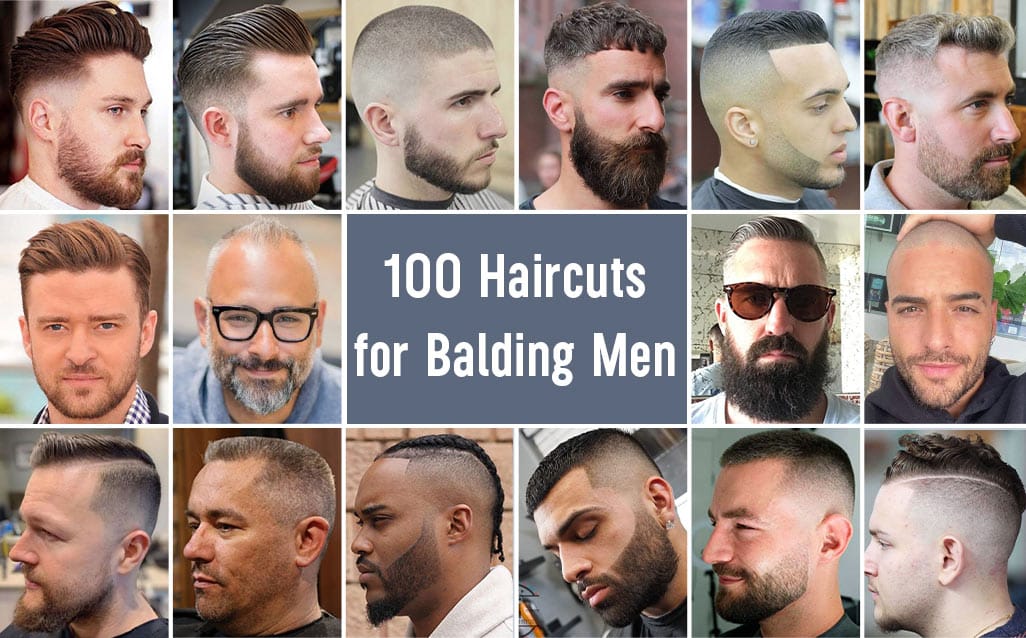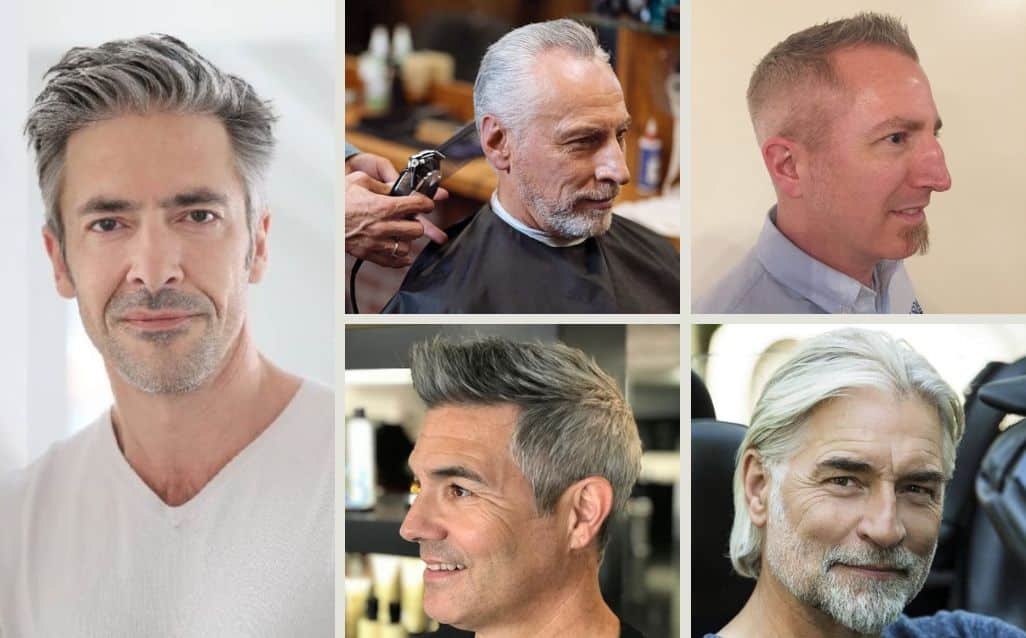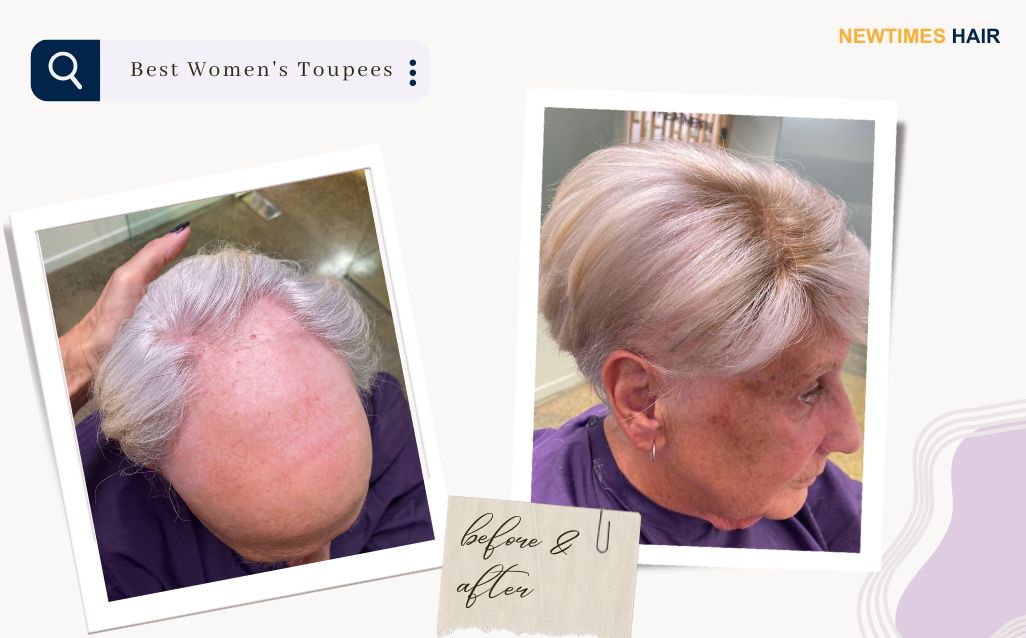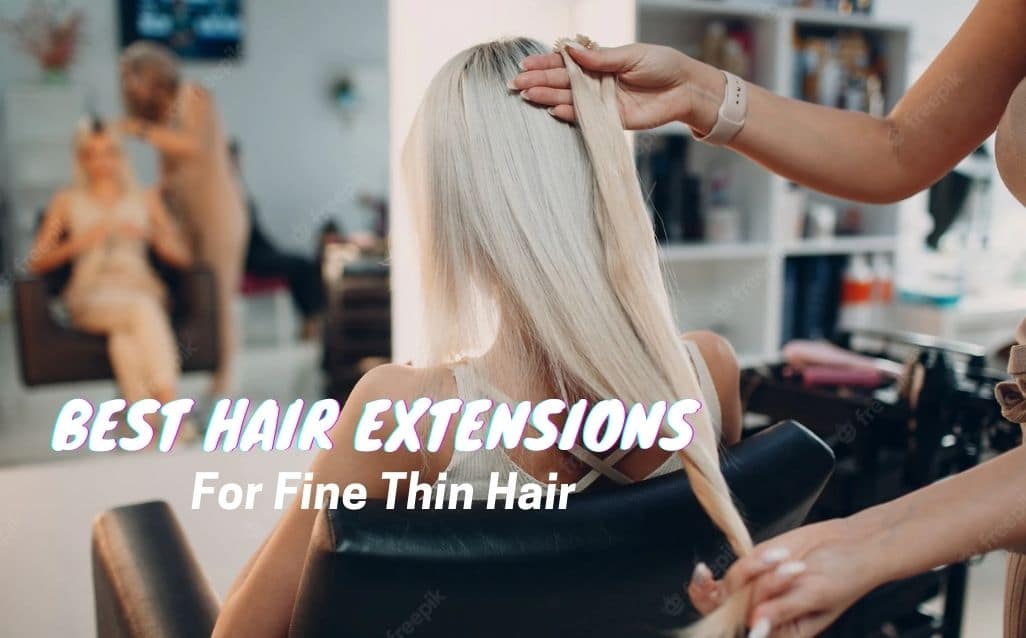The hair and the base – are the two components of any hair system. For your customers, hair is something tangible. The base of a hair system, however, is often more difficult to visualize for them. Often, it isn’t something they will necessarily be familiar with.
Since you will want to offer your customers a wide range of hair systems, and therefore, base designs to choose from, it is very important that you are well-informed about all the different hair systems bases that you can familiarize with your customers.
We use a wide variety of base materials to make our hair systems to cover in a single post, so this blog will be the first of two on this subject. In this blog, we will introduce and compare the different types of lace and mono materials that we use in our factory.
Lace
Let’s begin by introducing the two most common types of lace hair system materials: French lace and Swiss lace.
French lace is thin, light and natural. These features make it very breathable. We normally use single reverse split knots on the first 1/2” of French lace hair systems. These knots are very small and thus help in creating a natural hairline.
We do double split reverse knots on the rest of the material. That’s because double split reverse knots are bigger and stronger and help make a strong hairpiece with knots that do not loosen easily and cause the hair to shed. The maximum hair density that a French lace base can hold is medium-heavy.
Then, there is Swiss lace. At Newtimes Hair, the Swiss lace we use is a super fine variety. It is, in fact, thinner and more natural than French lace. At the same time, it is very fragile and tears easily. It can actually last less than four weeks so if your customers are looking for a long-lasting hair system, you shouldn’t recommend Swiss lace.
We can only do single split knots on Swiss lace since the base material is so thin. If we were to do double split knots or double flat knots, the strands of Swiss lace would simply break during the knotting process. In terms of hair density, Swiss lace cannot support anything heavier than medium-light.
View our lace systems: https://staging.newtimeshair.com/mens-hair-systems/lace-systems/
Mono
Now, let’s move on to monofilament which is more commonly referred to as mono. Mono is not as thin as French lace but it is woven more tightly than lace which makes it far more durable. Mono hair systems are actually some of the most durable hair systems.
The first mono type we would like to introduce is fine welded mono. Fine welded mono is fine, natural and breathable. It is thicker and more durable than French lace. Similar to French lace, we normally do single reverse split knots on the first 1/2” of the base and double reverse split knots on the rest of the material. The maximum hair density for fine welded mono is extra-heavy because the more durable the base material, the more hair it can hold.
Next, we have super fine welded mono which is also natural and breathable. It is thicker than French lace but thinner and softer than fine welded mono. It is as strong and durable as fine welded mono. As is the case with fine welded mono and French lace, we do single reverse split knots across the front hairline of super fine welded mono and double reverse split knots on the rest of the base. Super fine welded mono can hold up to medium-light to medium density hair.
Not only are both these types of mono lace durable, but they are also undetectable and sometimes even more so than French lace because the strands of mono lace are transparent and very thin. Additionally, the texture of mono lace is completely different from French lace and Swiss lace. It is much rougher, so if the client has sensitive skin, it may not be a good choice for them.
Finally, we will discuss two other mono hair system materials: fine mono and super fine mono.
Fine mono is very soft and comfortable whilst also being very strong. It can last a long time. You need to be aware that it cannot be used on the edge of the base: it needs another material to seal its edge. Skin and ribbon are two common materials used for this purpose. We can do double split knots all over fine mono and it can hold an extra-heavy hair density.
Super fine mono is softer, finer and smoother than fine mono. It also cannot be used on the edge of the base as it needs another material, like skin or ribbon, to seal the edge. We do single split knots across the front of super fine mono. Super fine mono is very fine, soft and smooth. If we were to do double split knots on it, the knots would be too big and would stick out on the underside of the base and make it rough and prickly against the head. Super fine mono can support medium density hair.
Your customers who opt for a mono hair system need to be aware that the cleaning process is more complicated because of the way mono is woven. The strands of mono are very tight. This means the residue from tape or skin or natural oils from the skin will end up embedded in the holes of the mono. It is very hard to clean and get rid of. While a user may feel that they have cleaned all the residue and oil from the base but on closer inspection, there is often some white residue left in the very small holes of the mono base. Residue damages the roots of the hair and ultimately leads to hair shedding.
You should also know that super fine mono and fine mono do not have the elasticity that lace materials have. That means that when the base size is bigger than 8” x 10”, more than one piece of mono needs to be used to make it and have a good shape. If only one piece is used, the unit will be too flat and it will not have the right shape to it.
View our mono systems: https://staging.newtimeshair.com/mens-hair-systems/mono-systems/
That concludes the first part of our blogs on hair system bases but look out for our next blog where we will introduce PU bases.
At Newtimes Hair we believe we can offer you the very best in not only hair systems but also the very best support for your business thanks to our extensive knowledge of the toupee industry. For further information about wig base materials or anything else, please feel welcome to email info@newtimeshair.com.




